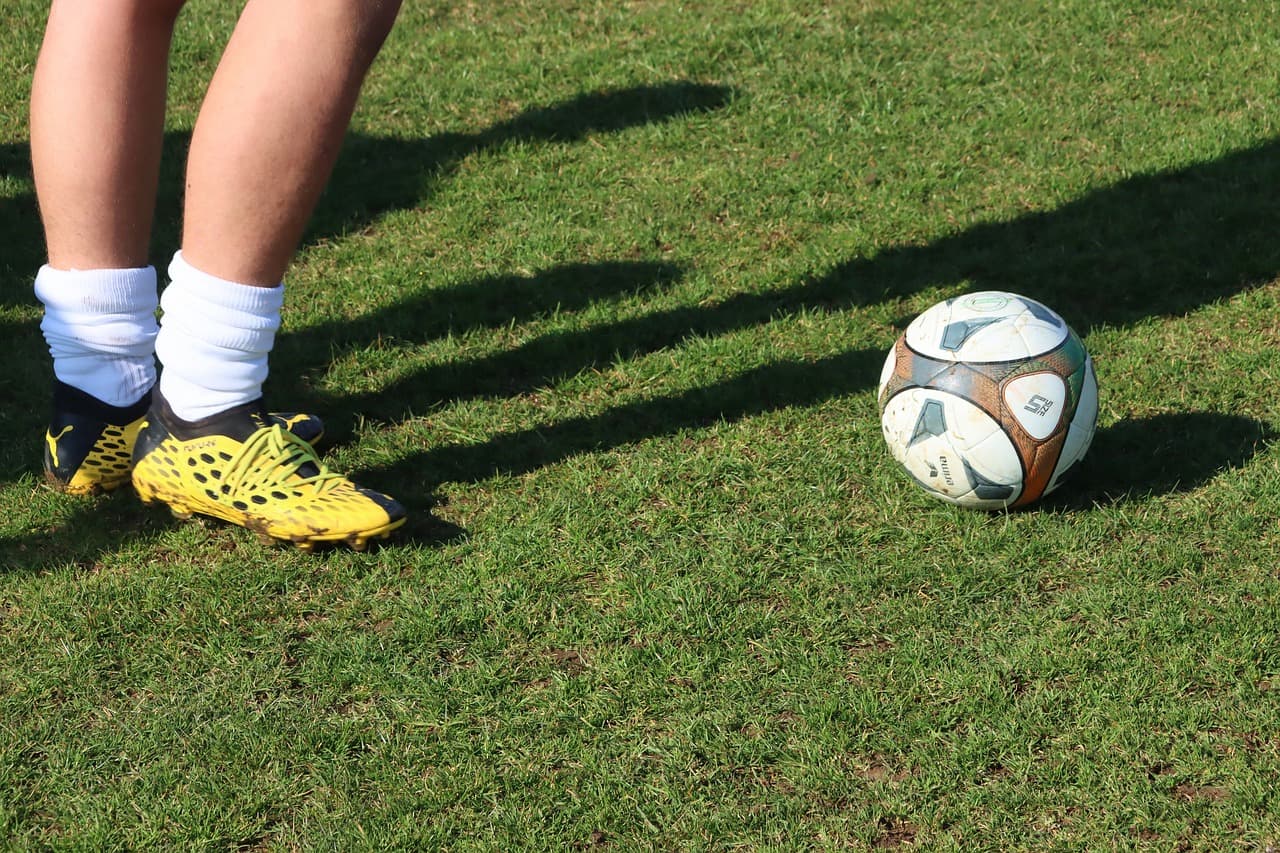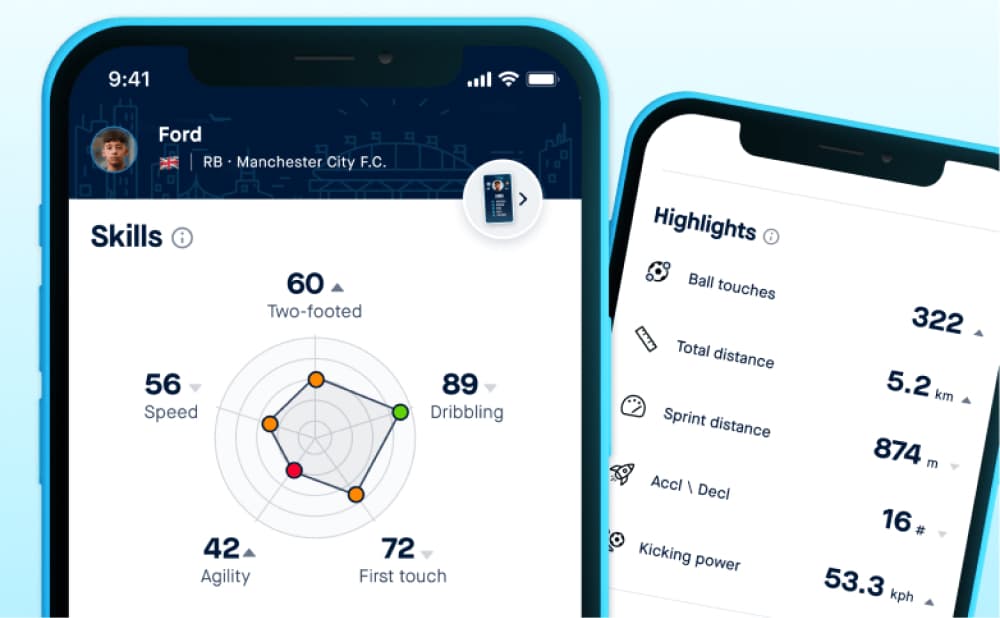By Matthew Brown
Release velocity is a key metric in football, measuring the speed at which a player’s foot strikes the ball. This data point provides valuable insights into the intensity of technical actions, offering a deeper understanding beyond merely counting the number of ball strikes.
The Hypothesis Behind Release Velocity
While the total number of releases helps gauge the volume of technical actions a player performs, release velocity sheds light on the intensity of these actions. This metric is particularly useful in various scenarios, including training sessions, matches, and return-to-play (RTP) protocols. For players recovering from overuse injuries caused by kicking, monitoring release velocity can be crucial.

How Clubs Utilise Release Velocity Metrics
Clubs employ Playermaker’s release velocity metric in several ways to enhance player performance and safety. Here’s a look at its practical applications:
- Training and Match Monitoring: Release velocity, along with the total number of releases, helps quantify the technical exposure players experience during training and matches. By monitoring these metrics, practitioners can ensure that training demands are appropriate, preparing players to meet the rigours of competitive play.
- Return-to-Play (RTP) Protocols: Release velocity plays a significant role in RTP processes. Practitioners use baseline data from training and matches to plan RTP training sessions, ensuring players can handle expected technical actions before rejoining regular team activities. For instance, a key checkpoint in RTP might be to test if a player can strike the ball with maximum force compared to their baseline without pain or discomfort. Additionally, practitioners assess whether a player can manage the volume of high-intensity releases expected in team training and matches.
- Player Development in Academies: Metrics like the total number of touches and releases, the number of high-intensity releases, and maximum release velocity for both dominant and non-dominant feet are invaluable for tracking a player’s development. These data points help compare players within the same position and age group, highlighting areas for improvement. Developing competency with both feet is crucial for academy players, and tracking these metrics supports this aspect of their growth.
The Future of Release Velocity Monitoring
Looking ahead, further research is needed to explore how technical action quantification can be effectively applied in various training, match, and RTP settings. When combined with more traditional performance monitoring practices, release velocity, along with total touches and releases, can provide a more comprehensive view of player monitoring and development. This holistic approach will likely enhance training methodologies and player performance, making release velocity an integral part of football analytics.
Interested in learning more about how Playermaker helps Football Clubs optimise technical, tactical, and physical capabilities?








